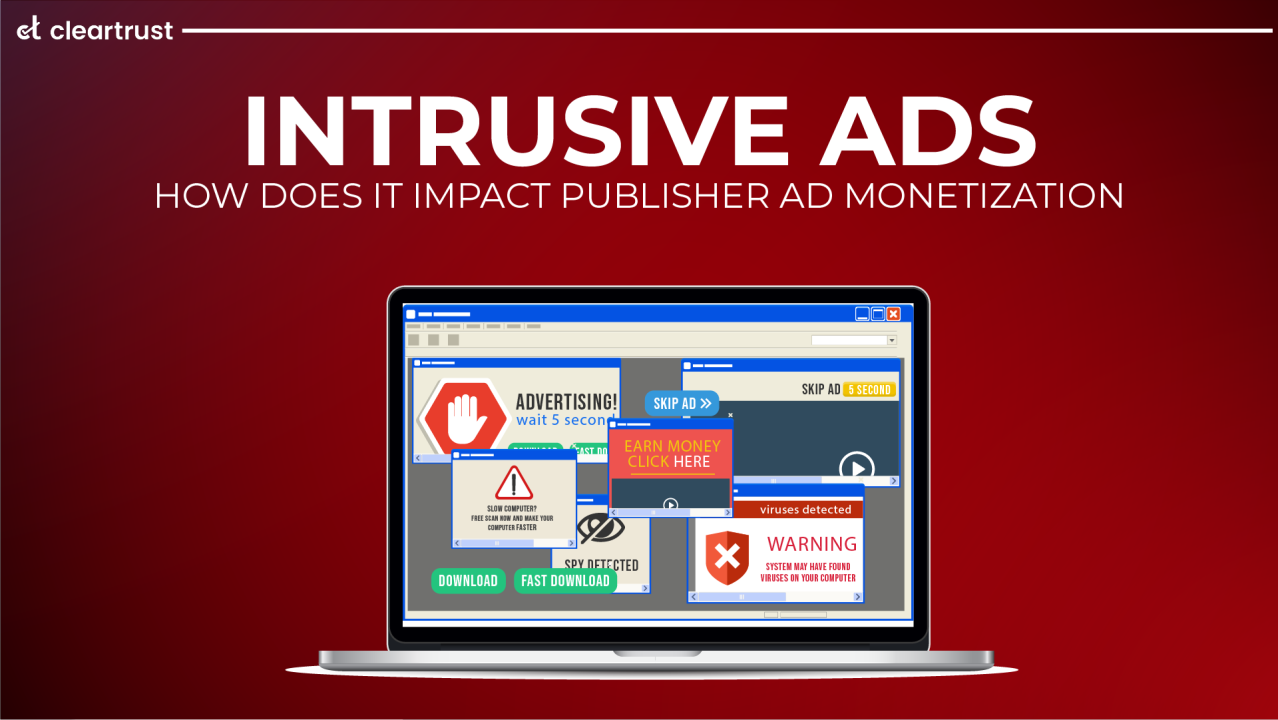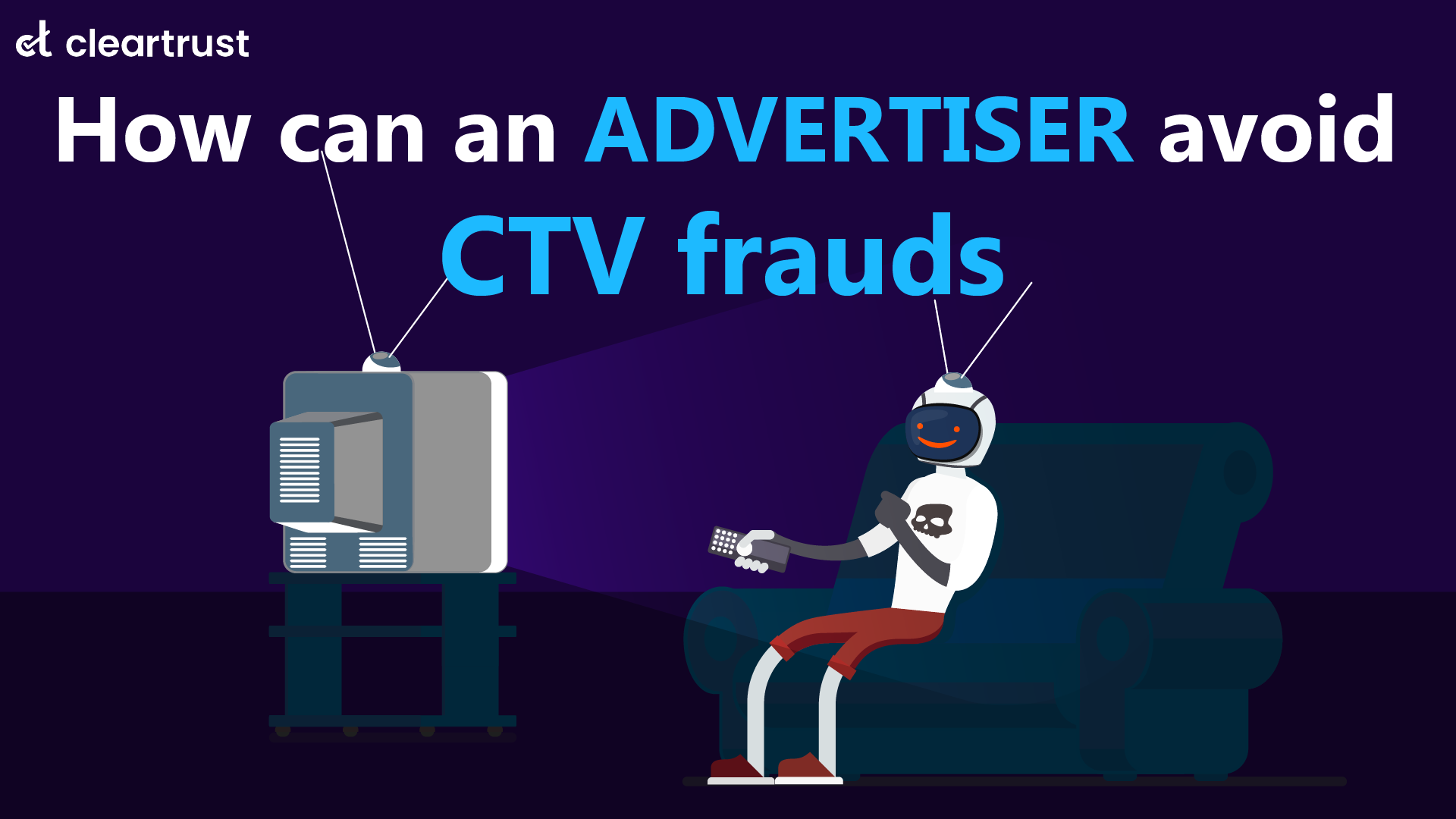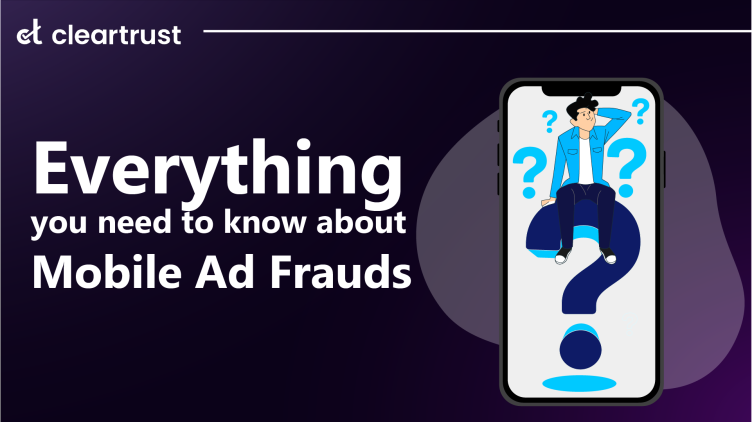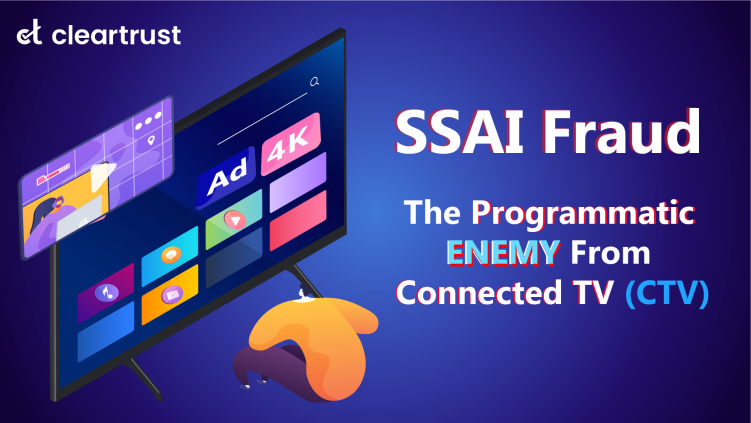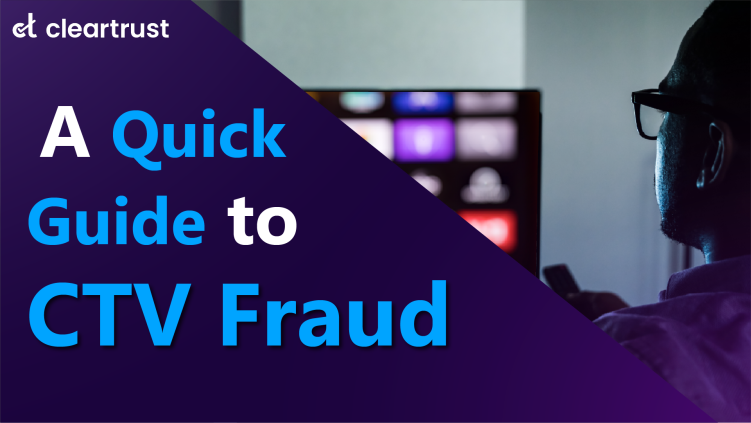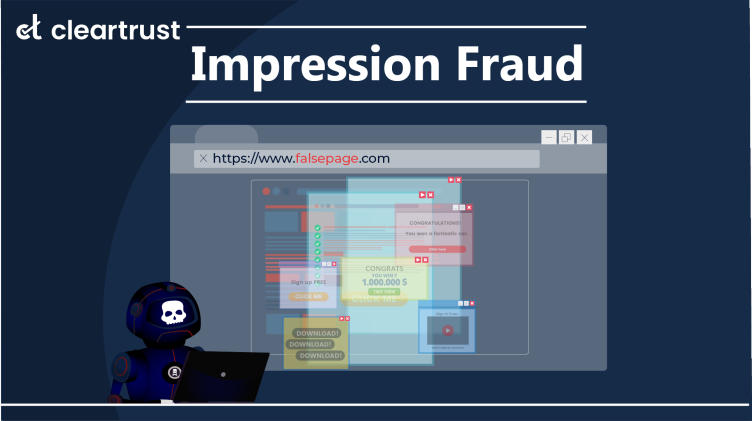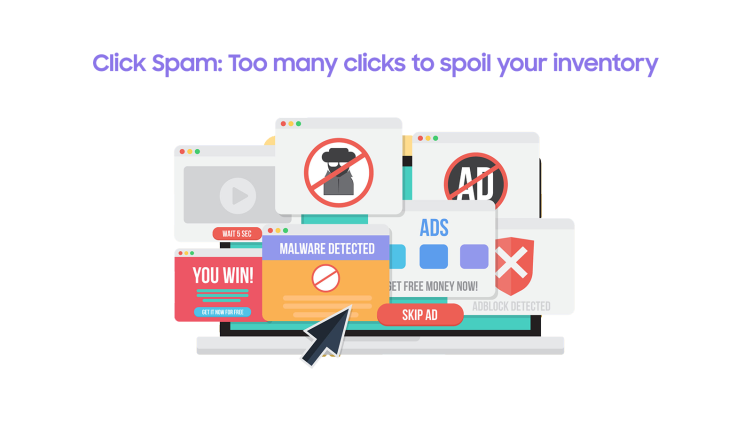In the complex landscape of digital advertising, the quest for optimal ad monetization strategies often leads publishers down the path of intrusive ads. These ad formats, while effective in grabbing attention, raise pertinent questions about user experience and revenue generation. For programmatic publishers navigating the realm of ad monetization, understanding the dynamics of intrusive ads becomes pivotal.
A 2023 study concludes that 62% of consumers are often resistant to intrusive ads. These ads, often hailed for their potential to drive engagement and revenue, wield a double-edged sword, proving detrimental to the user experience and consequently affecting publisher earnings. Exploring the depths of intrusive ads unveils both their mechanisms and their impact on the delicate balance between profit and user satisfaction in the digital ecosystem.
In this blog, we will explore the various categories of intrusive ads and how the publisher revenue can be at stake due to increased exposure of such ads to the users in an unhealthy manner
What are intrusive ads?
As the name suggests, intrusive ads are those that intrude a user’s surfing activity by forcing actions which lead to the clicking of the ads and directing them to an undesired landing page. These ads disrupt user experience by forcefully demanding attention through formats like pop-ups, interstitials, and auto-play videos. They interrupt natural browsing flow, potentially leading to ad blindness and user frustration. Despite higher engagement potential, their aggressive nature often compromises user satisfaction and site credibility.
These fall into various categories. Some of these include
- Pop-up Ads- These ads manifest as new windows that abruptly appear over the main content, often triggered by specific actions or time intervals. They demand immediate attention by obscuring the original content and can contain various forms of advertising, promotions, or opt-ins. Pop-ups can vary in size and can be modal (requiring action before removal) or non-modal (dismissable).
- Interstitial Ads- Full-screen ads appear between natural transitions in content, such as while navigating between pages or within an app. They pause the user's interaction and typically display for a set duration before allowing access to the desired content. These ads are visually dominant and can range from static images to multimedia presentations, occasionally providing the option to skip or interact.
- Auto-play Video Ads- Videos start playing automatically, often with sound, when a webpage loads or during specific interactions. These ads are attention-grabbing but can disrupt user experience by consuming bandwidth, causing distractions, or creating unwarranted noise, especially when users are unaware of their presence.
- Overlay Ads- These semi-transparent ads dynamically appear on top of website content, drawing attention without fully obstructing the view. They may contain promotional messages, calls to action, or interactive elements. While less intrusive in terms of blocking content, they can still divert user focus and affect the browsing experience.
- Expanding Ads- Initially, compact ads that enlarge upon user interaction, expanding to occupy more screen space. They often start as small banners or icons and expand when hovered over or clicked, altering the layout and potentially causing distraction or irritation if they cover substantial portions of the content.
- Floating Ads- These mobile-specific ads move across the screen as users scroll or navigate content. They remain visible and persistent, typically appearing as banners or panels that stay fixed on a specific part of the screen. While not entirely obstructive, they can distract users and affect readability or navigation on smaller screens.

How do these ads impact publisher ad monetization?
- Negative User Experience- Intrusive ads often disrupt user browsing, causing frustration and annoyance. They interrupt the natural flow of content consumption, leading to a poor user experience. Users might perceive these interruptions as disturbances, contributing to a decline in user engagement and potential backlash against the advertised brand or the hosting publisher.
- Increased Ad Blindness- Overexposure to intrusive ads can lead to ad fatigue and blindness among users. As these ads demand attention forcefully, users may develop a tendency to ignore or actively avoid engaging with them. This phenomenon decreases the effectiveness of these ads over time, diminishing their impact on user behaviour and reducing ad monetization potential.
- Risk of Ad Blocking- Intrusive ads are prime candidates for ad-blocking software. Users frustrated with constant interruptions often resort to ad blockers to enhance their browsing experience. Consequently, publishers relying heavily on intrusive ad formats risk losing a significant portion of their audience to ad blockers, thereby reducing potential ad revenue.
- Diminished Brand Perception- Aggressive and intrusive advertising tactics can adversely impact the perception of the advertised brand. Users might associate the brand with the negative experience created by the intrusive ads, leading to a decline in brand favorability and potential long-term damage to brand reputation.
- Affects Site Credibility and Trust- Websites hosting intrusive ads might experience a decline in credibility and trust among users. Visitors might perceive these sites as less reputable due to the intrusive nature of the ads, impacting not only user engagement but also the willingness of users to return to the site for future visits or recommendations to others.
- Vulnerability to ad fraud- Intrusive ads, due to their nature of gathering huge engagements, might fall prey to various click frauds. Fraudsters can take advantage of the intrusive nature of ads on the website and accelerate a swarm of fake clicks and engagements to rob publishers of their worthwhile revenue.
Are there any alternatives to these intrusive ads?
Publishers can resort to a number of alternative options to ensure that they prioritize user experience and simultaneously boost their ad revenue.
- Native Advertising- Publishers can blend advertisements seamlessly into the content, matching the style, tone, and context of the platform. Native ads appear less intrusive and often garner higher engagement due to their integrated nature.
- In-Feed Ads- Publishers can also look at incorporating sponsored content within the natural feed of articles, social media, or other platforms. These ads mimic regular content and are less disruptive, offering a native experience to users.
- In-Text Ads- Through in-text ads, publishers can embed hyperlinked keywords within content that, when clicked, lead users to relevant advertiser pages. These ads are non-intrusive and provide additional information related to the content.
- Interstitial Light Ads- These are less intrusive full-screen ads that offer users the option to interact with the content or easily dismiss it without disrupting the user experience significantly.
Intrusive ads, despite their polarizing nature, remain a significant element in the arsenal of ad monetization strategies for programmatic publishers. While they wield the potential to elevate engagement, CTRs, and revenue, their implementation demands a nuanced approach that prioritizes user experience. Balancing the need for revenue generation with user satisfaction is key. As publishers tread this fine line, understanding the intricate workings and advantages of intrusive ads becomes indispensable for crafting an ad strategy that maximizes monetization without compromising user experience.
